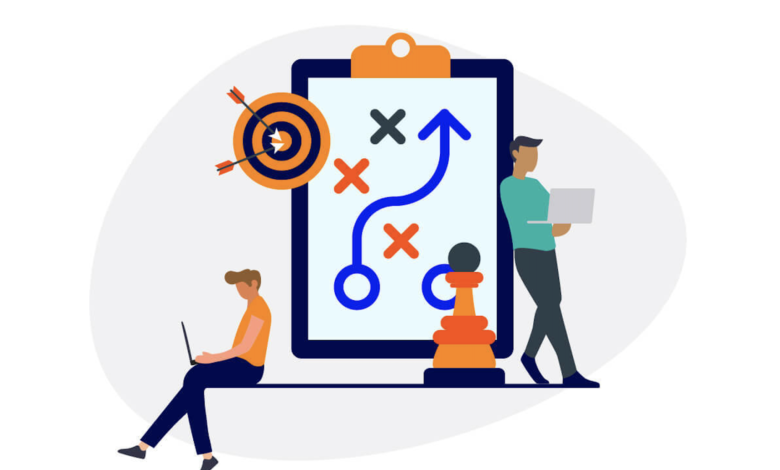
While AI has been making inroads into knowledge work for a while now, it’s been fair to wonder if it would remain something of a novelty – a technology on the periphery that could only handle a few specific niche applications.
As the use cases for AI start to snowball, that notion has been put to rest. AI is stepping front and center, assisting knowledge workers not just with the big, important tasks, but a million smaller ones as well – and that’s good news for end users.
Use case 1: Contract retrieval and remediation
Whenever there is a new law, regulation, or other event that changes the business environment – think here of the introduction of GDPR, the onset of Brexit, or the move away from LIBOR – corporate teams need to steel themselves for a round of contract retrieval and remediation. This time-consuming process requires teams to go through their entire contract estate and find the contracts that might be affected by the change and thus need to be adjusted.
Typically, professionals track these contracts down using certain parameters – maybe contract type, or jurisdiction – so that they can zoom in on the pile of contracts that will be impacted by the change. For example, maybe they need to find all the loan documents within the Welsh or English jurisdictions.
AI can go through their documents and automatically classify, tag, and apply proper metadata to them, making the retrieval exercise much quicker and easier – because the parameters they’ll be searching on have already been applied to the documents.
The first step is to retrieve the correct pile of contracts within an organization’s document management system or contract lifecycle management system. Once they’ve identified the proper documents, they can turn to AI again and run generative AI over the contracts, asking it to look for specific clauses in the contract that would be affected by the new law or regulation.
Essentially, AI is assisting with two separate use cases here: finding the documents in the first place, and then inspecting/analyzing those documents once they’ve been found. This is a prime example of the way AI is starting to chip away at a variety of tasks and workflows, from the “tactical” to the more strategic.
Use case 2: Compliance management
Within organizations, it’s best practice to have playbooks that govern what its contracts with customers, vendors, and other entities it does business with need to look like. The playbook stipulates clauses or provisions that need to be in the contract, parameters the contract needs to stay within, and so on. The goal is to make sure that all contracts follow the playbook.
There’s a use case for AI here. When a new contract is drafted, a smart AI agent can continuously check that document against the playbook – ideally as early in the process of creation as possible – so that if the drafter makes “a wrong move”, the AI can catch it and point it out.
There’s a second use case that takes this concept further. If an organization updates, adjusts, or otherwise changes its playbook, the organization will want to figure out to what extent its existing contract estate is compliant with the newest, most up-to-date playbook. Depending on the volume of contracts, this could be a very tedious and time-consuming exercise if carried out manually.
AI can perform this task on an ad hoc basis with a single contract that someone has a question about, or it can do it “in bulk” –for instance, analyzing all of an organization’s contracts in a specific sector to check that they comply with the latest version of the playbook, or identifying where specifically they deviate from the playbook. This application of AI is another practical use case that would represent significant time savings for busy professionals.
Use case 3: Email filing
When it comes to email filing, there are two groups of people: the filers and the pilers.
The filers diligently file emails into the correct location as they receive them. The pilers, by contrast, store up this task. They store it up until the end of the week, the end of the month, the end of the quarter, or the end of the year – and some of them store it up to never doing it, despite the best intentions.
This is a tremendous opportunity for AI to step in and automatically lend a hand. AI can effectively “read” all the emails in an end user’s inbox that haven’t been filed, and then intelligently suggest different locations that those emails may be related to and should be filed in.
Again, this is the kind of AI use case that can have a real-world impact on knowledge professionals: tackling those everyday tasks and chores that are essential but often get pushed to the side because they seem like a “small” or low-priority matter.
A network of AI agents
In these ways and many more, the AI snowball is growing bigger as it rolls into more and more aspects of knowledge work and solves a greater number of problems for end users. But this is just the beginning.
Moving forward, instead of having individual AI agents performing specific tasks, there will be a network of AI agents interacting with one another and handing off various parts of the task to one another. This could lead to some creative workflow processes where AI handles tasks that normally require a human in the loop to carry them out.
For instance, say that an email from an important client arrives in a professional’s inbox. A mailbox AI agent might “read” the email and see that there are several action items that can come out of it. It then farms out the tasks in that email to other AI agents, who start performing those action items – be it scheduling a meeting with the client for a specific date, preparing a summary of billable hours, or pulling up a copy of a deliverable that the client requested.
It might seem a bit like science fiction, but this type of “handoff” between agents is already underway in the software development world, where there can be a UX agent, a coding agent, and various other AI agents all interacting with each other and fulfilling a specific part of the workflow. Increasingly, this looks like the future in other industries as well.
As AI changes the way knowledge workers handle tasks big and small, it unlocks a future that is filled with innovation and opportunity – and ultimately, end users will be the ones to reap the benefits of this transformative shift in how work gets done.


